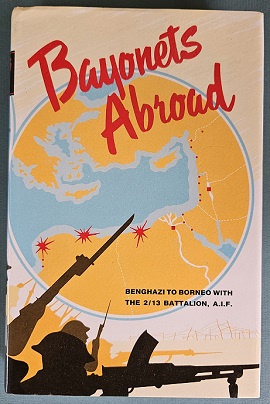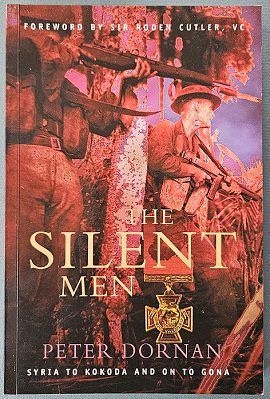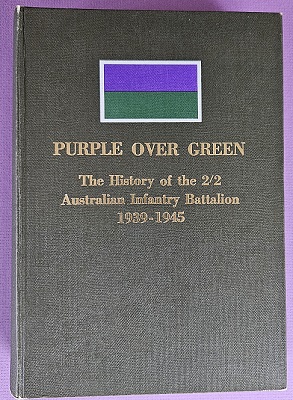Description
Title: The Kilted Battalion – The History of 16th Infantry Battalion (The Cameron Highlanders of Western Australia)
Author: Treloar, John and Shaw, Peter
Condition: Near Mint +
Edition: 1st Edition
Publication Date: 2006
ISBN: 0646499718
Cover: Hard Cover without Dust Jacket (Laminated Boards) – 236 pages
Comments: The detailed history of the 16th Infantry Battalion (The Cameron Highlanders of Western Australia) in World War 2.
After the First World War the defence of the Australian mainland lay with the part time soldiers of the Citizens Military Force, otherwise known as the Militia. The Militia was organized to maintain the structure of the First AIF and kept the same numerical designations. In 1936 Perth’s 16th Infantry Battalion became the “Cameron Highlanders of Western Australia” and was linked with the Queen’s Own Cameron Highlanders. The 16th carried out the traditions of the Cameron Highlanders by having an “excellent” band of 16 pipers and seven drummers.
Like the other battalions in the Western Australia’s 13th Brigade (11th and 28th Battalions) the 16th had a long war primarily carrying out garrison duties. As part of the 4th Division, the 13th Brigade remained in Western Australia and during the second half of 1942 was III Corps’s main infantry force. III Corps was responsible for the state’s defence. In 1943 the 13th Brigade moved to the Northern Territory, where the 28th was based at 49 Mile Creek. The brigade’s commander, Brigadier Eric George Henderson McKenzie, held the longest brigade command of the war. McKenzie took over the brigade in June 1940 and relinquished command in May 1945 because of illness.
The long period of static garrison ended towards the end of 1944, when the 13th Brigade became part of the 5th Division. In late-November the brigade sailed to Jacquinot Bay in New Britain. It remained at the bay until mid-April 1945, when it moved to Wide Bay to relieve the 6th Brigade.
Rather than carry out a major offensive against the Japanese on New Britain, the much smaller Australian force instead confined the Japanese to Rabaul and the Gazelle Peninsula with active patrolling. It had been the 6th Brigade that had established the line across the Gazelle Peninsula, by patrolling between Open and Wide Bay. The 13th Brigade was to hold this line and patrol forward from it but did not make any major move beyond it into Japanese-controlled territory.
Based in the Bulus area, from the second week in April to the end of the Second World War, the 16th sent out daily patrols into the surrounding jungle around Waitavolo. But contact with the Japanese was limited.
After the war the 13th Brigade moved to Rabual, to assist in supervising the Japanese prisoners. In January 1946 the brigade returned to Australia and in February the 16th was disbanded at Puckapunyal.
Includes Nominal Roll




